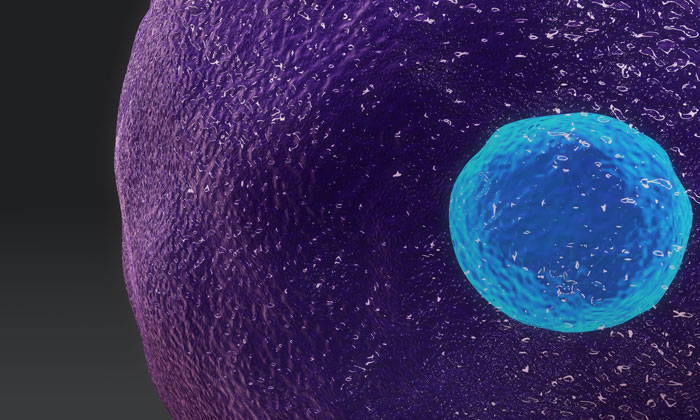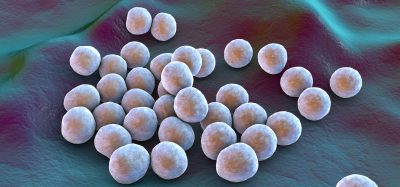Genomic tools reveal diverse behaviour in immune cells
Posted: 22 January 2018 | Drug Target Review | No comments yet
New research from La Jolla Institute for Allergy and Immunology using single-cell transcriptome analysis yields greater understanding of the human immune system.


When the body is under attack from pathogens, the immune system marshals a diverse collection of immune cells to work together in a tightly orchestrated process and defend the host against the intruders. For many decades, immunologists sorted these cells into ever growing numbers of different types and subtypes – mainly based on their morphology and phenotype – to understand their function.
New findings upend prior understanding of immune cells
However, novel genomic tools are beginning to reveal new, rare cell types, as well as demonstrate unexpected variability and plasticity within groups that had previously been accepted as having consistent characteristics. This appears to overturn previous assumptions and understanding regarding immune cells and their behaviour.
In their latest study, researchers at La Jolla Institute for Allergy and Immunology (LJI) used single-cell transcriptome analysis to identify a hitherto unknown precursor for a poorly understood subgroup of killer T cells that is primarily found in humans with chronic viral infections. Their detailed analysis of the entirety of transcribed genes in more than 9,000 individual cells also revealed an unprecedented level of diversity.
The findings provide new insights into how so-called CD4 cytotoxic T cells arise in humans and thus could facilitate improved vaccine design to protect against chronic viral infections such as cytomegalovirus, HIV, and hepatitis C.
Commenting on the impact that new technologies are having in this area, Pandurangan Vijayanand, M.D., Ph.D., Associate Professor and William K. Bowes Jr. Distinguished Professor at LJI said: “Continually evolving genomic tools and single cell analysis technologies are revolutionising our understanding of the human immune system in health and disease,”
But this is just the beginning of the genomic journey. By applying these tools in relevant diseases and cell types we are changing our understanding of the biology of human immune cells.”
Cytotoxic T cells hold greater significance
Based on cell surface markers known as CD4 and CD8, T cells generally fall into two broad categories: CD4-positive helper T cells that help activate other immune cells; and CD8-positive cytotoxic T cells that kill cells that are cancerous or infected with viruses. Under certain circumstances, however, a portion of helper T cells turns into cytotoxic T cells (CD4-CTLs). These were originally reported in humans with chronic viral infections such as human cytomegalovirus (CMV), HIV, dengue virus and hepatitis C virus, but have also been linked to protective anti-tumour immune responses, especially in virally induced tumours.
“The observed increase in the ratio of cytotoxic CD4 T cells to CD4 helper T cells indicates that they are an important component of the protective immune response to viral infections and that their induction should be an important marker for successful vaccinations against certain viral diseases,” says postdoctoral researcher and first author Veena Patil, Ph.D. “But we really didn’t know enough about their molecular profile and the mechanisms that drive their differentiation and maintenance.”
To aid better understanding, Patil analysed thousands of individual CD4-CTLs isolated from peripheral blood from donors using single cell RNA sequencing. This can define different cell types and sub-types by revealing differences in the transcripts produced by individual cells. The analysis uncovered remarkable heterogeneity between individual cells but also within individuals.
Patil attributes the different cell behaviours thus: “It is probably the result of the diverse nature of infections and timing of viral exposures coupled with genetic diversity among our study subjects.”
Vijayanand and his team were also able to identify a subset of CD4-CTLs precursors that potentially give rise to fully fledged CD4 CTLs in human.
“Understanding the origins and biology of potentially long-lived CD4-CTL precursors may pave the way for developing strategies to boost durable CD4-CTL immune responses after vaccination against viral infections and cancer,” the authors say.
Related topics
Analysis, Genetic Analysis, Genomics, T cells, Vaccine
Related conditions
HIV, Human cytomegalovirus
Related organisations
La Jolla Institute for Allergy and Immunology
Related people
Pandurangan Vijayanand - LJI, Veena Patil Ph.D, William K. Bowes Jr. - LJI








